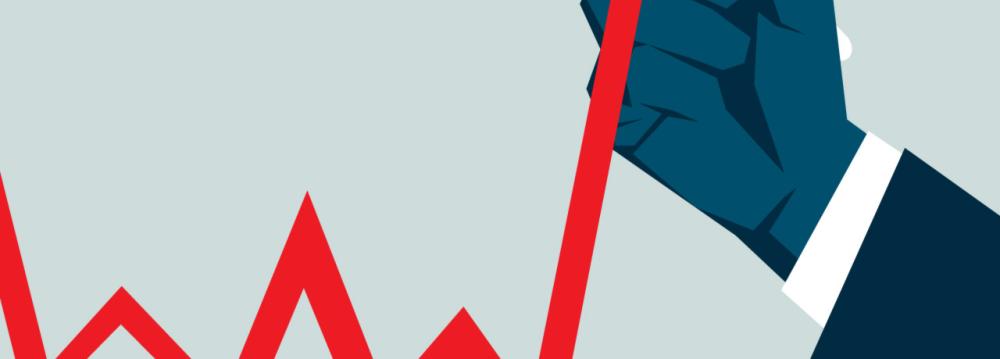The average Producer Price Index in the 12 months ending June 21, which marks the end of the Iranian month of Khordad, increased by 6.5% compared with last year’s corresponding period, the latest report by the Central Bank of Iran announced.
The CBI put the preceding month’s PPI inflation at 5.9%.
A year-on-year increase of 8.7% was registered in the index compared with the similar month of last year. The PPI (using Iranian year to March 2012) stood at 237.2 in Khordad, indicating a 4% rise compared with the previous month.
The importance of PPI lies in its predictive content for the future pattern of Consumer Price Index. Changes in PPI are usually reflected in CPI within a short period of time.
PPI gauges the price fluctuations of goods and services for the producer whereas CPI measures changes in the price level of a basket of consumer goods and services purchased by households.
In other words, PPI is an index of prices measured at the wholesale, or producer level. It shows trends within the wholesale markets (as it was once called the Wholesale Price Index), production industries and manufacturing industries and commodities markets from the perspective of the seller.
According to Investopedia, PPI can serve multiple roles in improving investment-making decisions because it can serve as a leading indicator of CPI.
When producers are faced with input inflation, those rising costs are passed along to the retailers and eventually to the consumer.
Furthermore, PPI presents the inflation picture from a different perspective than CPI. Although changes in consumer prices are important for consumers, tracking PPI allows one to determine the cause of the changes in CPI.
If, for example, CPI increases at a much faster rate than PPI, such a situation could indicate that factors other than inflation may be causing retailers to increase their prices.
However, if CPI and PPI increase in tandem, retailers may be simply attempting to maintain their operating margins.
All in all, a decrease in PPI is one of the signs of a probable slowdown in CPI in future months. Almost a perfect correlation exists between CPI and PPI.
The central bank’s latest data on CPI show the goods and services CPI for urban areas in the 12 months to June 21 increased 10.2% compared with last year’s corresponding period, ending months of single-digit average CPI growth.
This is a 13-month high rate for Iranian inflation. The rate went below 10% for the first time after about a quarter century in June 2016. It then followed a downtrend until it bottomed out at 8.6% in mid fall.
Inflation showed an uptrend after the government geared its economic policies to stimulate domestic demand to stem the slowdown in industries and wild fluctuations in the foreign exchange market.
Although the Ministry of Economic Affairs and Finance had foreseen the inflation’s rise to above 10% in Khordad, it said the figure will remain under control.
Deputy Economy Minister Hossein Mirshojaeian said late May that the overall inflation rate for the current Iranian year to March 20, 2018, is expected to remain below 10%.
“The government is planning to boost manufacturing and create jobs this year, but it does by no means want to give rise to runaway inflation. Our estimate is that a tight rein will be kept on inflation,” he said.
Higher demand during the Iranian New Year holidays in late March and the presidential vote on May 19—in which President Hassan Rouhani won a second term in office over his main rival Ebrahim Raeisi—have been highly influential in pushing up the inflation rate in the past few months.
According to Mirshojaeian, the May election rattled prices, which is a common phenomenon in all elections across the globe.
He said the expected inflationary uptick at the beginning of summer is attributed to two reasons, namely the housing sector that goes through a sale/rent peak every year around this period and rising food demand during the Muslim month of Ramadan that ended on June 25.
“Following these shocks, prices are expected to remain stable until the end of summer,” Mirshojaeian said. “The inflation rate seems logical for now, as it allows us to increase manufacturing and create jobs, which is a public demand.”


